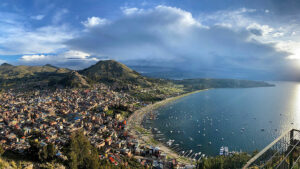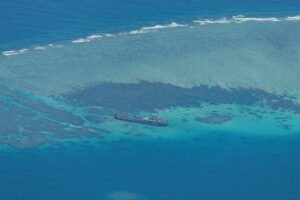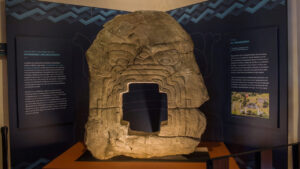South America’s Lake Titicaca nears record low water level as El Niño bites

LIMA — The water level at Lake Titicaca on the Peru-Bolivia border is edging towards a record low, exacerbated by the weather phenomenon known as El Niño that is expected to get still more intense in coming months.
The waters of the sprawling freshwater lake nestled in the Andes mountains have fallen an average 4 inches (10 cm) per month since April, said Milagros Quispe, an engineer with Peru’s national meteorology and hydrology service Senamhi.
Severe drought conditions and unusually high temperatures have caused the shoreline to shrivel at Titicaca, South America’s largest lake and the world’s highest navigable body of water. The water level is now around 13 inches (33 cm) above its record low recorded in 1943.
The double whammy of extreme dryness and heat has led to higher-than-normal water evaporation, said Ms. Quispe. Over the past seven months, the lake’s water level has fallen 29 inches (74 cm), according to Senamhi data.
Limited rainfall in the mountainous area had not been enough to stabilize the lake’s shoreline, Ms. Quispe added.
El Niño causes major rainfall along Peru’s Pacific coast but drought conditions in its highlands.
Last month, Peru’s climate study office raised the probability that the intensity of this El Niño will be strong from December, up from a previous forecast that saw only moderate intensity.
Climate change is doubling down on the impacts from the natural El Niño phenomenon — layering heat on top of heat, or excess rainfall on top of excess rainfall.
That includes Titicaca. “The lake’s basin and ecosystem have been modified as a result of global warming,” said Ms. Quispe. — Reuters




